IBM’s Global Business Services team successfully applied design thinking methodologies to solve a multitude of client problems across the globe. In just a few years, the team delivered 134 internal workshops, 186 client workshops, and 1.63 billion in client wins.

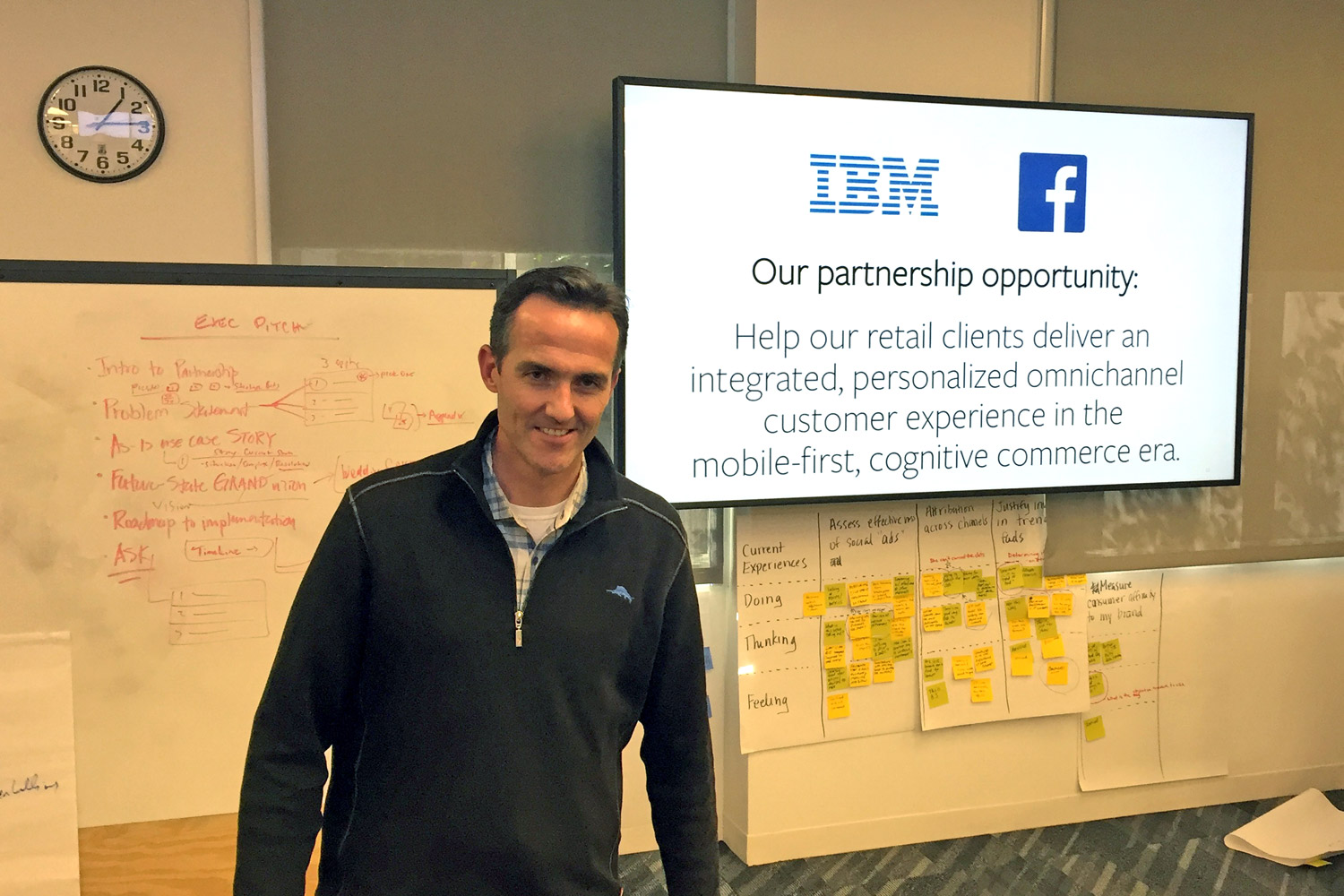
The Challenge:
The target outcome of the workshop and initiative was to develop a strategic alliance between IBM and Facebook that offered customers a platform for identifying omnichannel opportunities and helped those customers achieve their goals.
The Work:
We ran a 2-day workshop, with blended teams from IBM and Facebook. We identified top areas of need in the customers omnichannel businesses and exposed new, prioritized ideas for the two companies to partner in and take to market.
The Outcome:
Together, we identified 5 plays for both companies to partner on, and 1 play to pilot the partnership. The primary challenge being addressed: Omnichannel retailers want to deliver a more personalized customer experience across the entire shopping journey, but they need to connect systems and signals through identity to drive deeper engagement, LTV, and online + in-store sales.

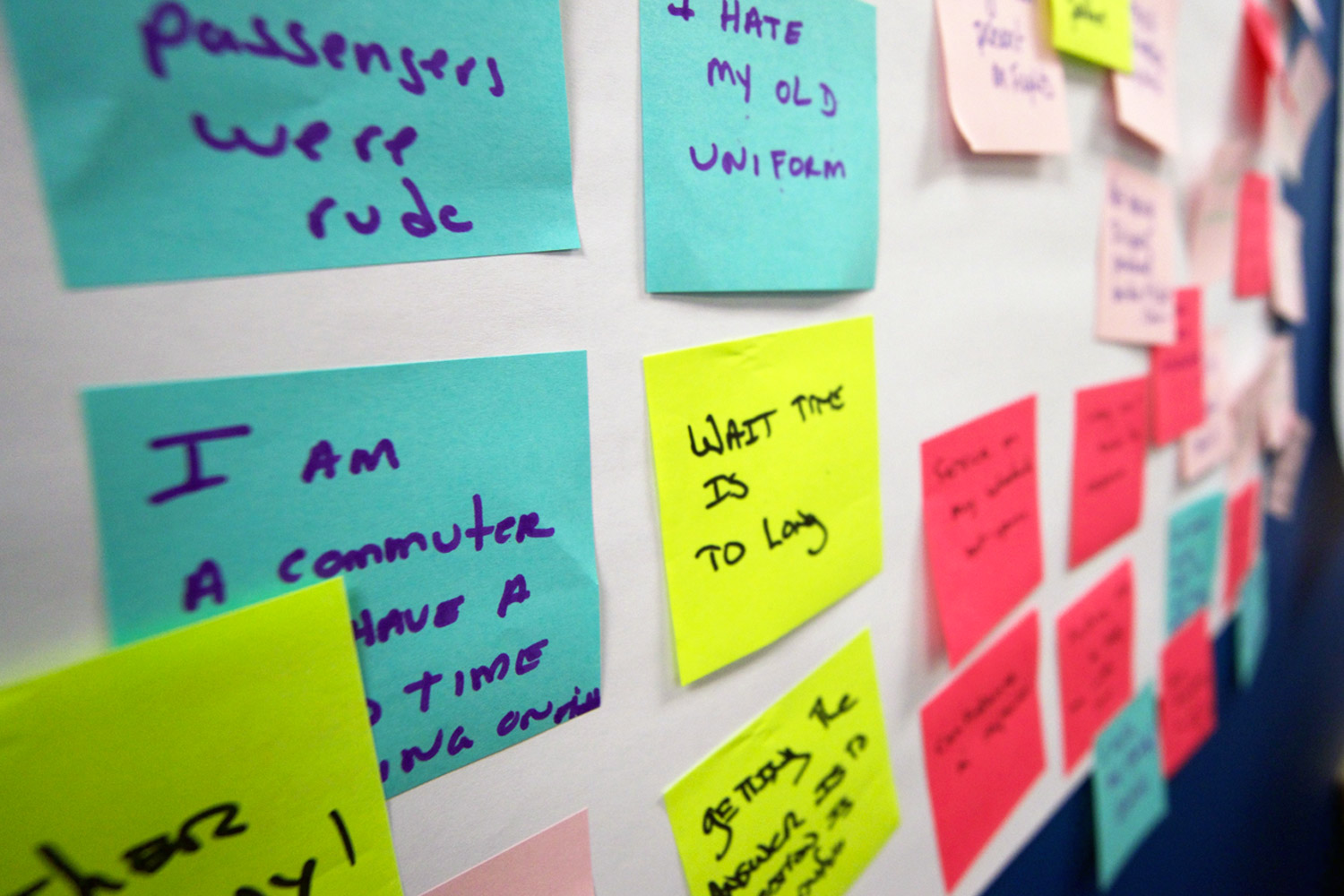
The Challenge:
This workshop had two users and problem statements we focused on. A flight attendant, whose payroll accuracy experience we were looking to improve, and a call center representative, who is not only overwhelmed with tasks they need to master, but has high attrition.
The Work:
We led the two teams through an 8-hour workshop, spread over two days, honing our design prompts, understanding our users through empathy maps and crafting as-is scenario maps. We then ideated and prioritized ideas, followed by todos and action items for the outputs.
The Outcome:
The participants, many of whom had never been exposed to design thinking, were able to quickly gain insight into a new way of working and rapidly explored ideas to tackle challenging retention issues within Air Canada.

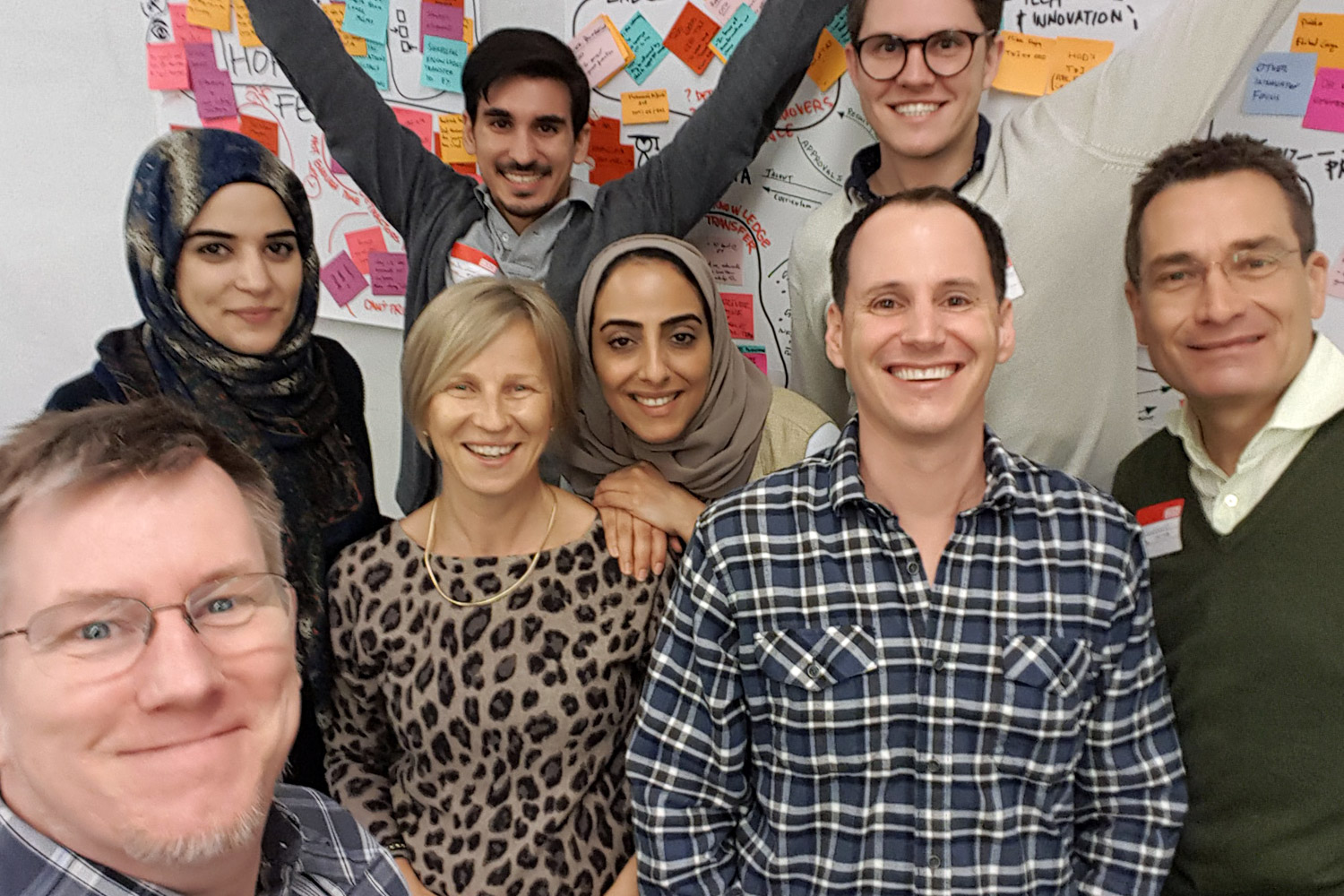
The Challenge:
Etihad’s workshop engagement with IBM had two goals. First, they wanted to explore a common problem statement for their business to learn about the practice of Enterprise Design Thinking. Second, they wanted to explore what a programmatic approach to adoption design thinking could look like within Etihad. We ran two workshops, back-to-back over three days.
The Work:
Our first workshop explored the “check-in” experience for three different users at the airport for Etihad airlines. We took the team from problem statement identification, through empathy maps and scenario maps, to prototypes and experience-based roadmaps. The second workshop was structured around defining a program through the lens of people, practices and places.
The Outcome:
Upon completion of the workshops, the team had a foundational understanding of the practice of Enterprise Design Thinking, and the beginnings of an understanding of what adoption of design thinking at scale could look like.

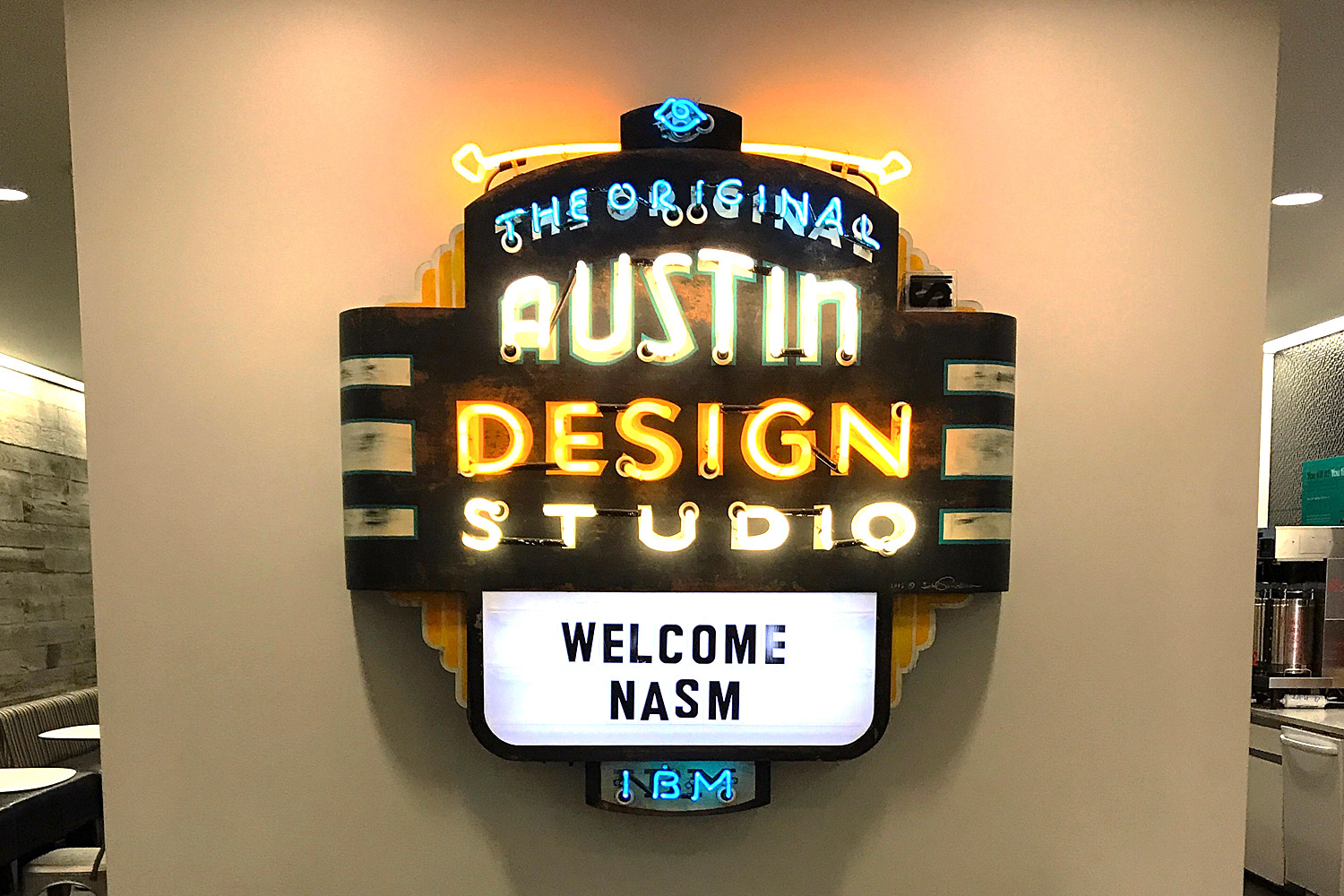
The Challenge:
National Air and Space Museum leaders were looking to understand the value of Enterprise Design Thinking and how it could improve the museum experience.
The Work:
We ran a 2-day workshop that articulated a “walk up” experience for the museum, roadmapped the creation of an “exclusive” experience and generated a prototype for both. Activities included: problem rundown, empathy map, stakeholder map, scenario map, big ideas, prioritization grid, needs statements, experience-based roadmap, storyboard and hills.
The Outcome:
The participants gained an understanding of the potential of design thinking methodologies, started to adopt it internally and signed up for IBM’s digital enablement platform.

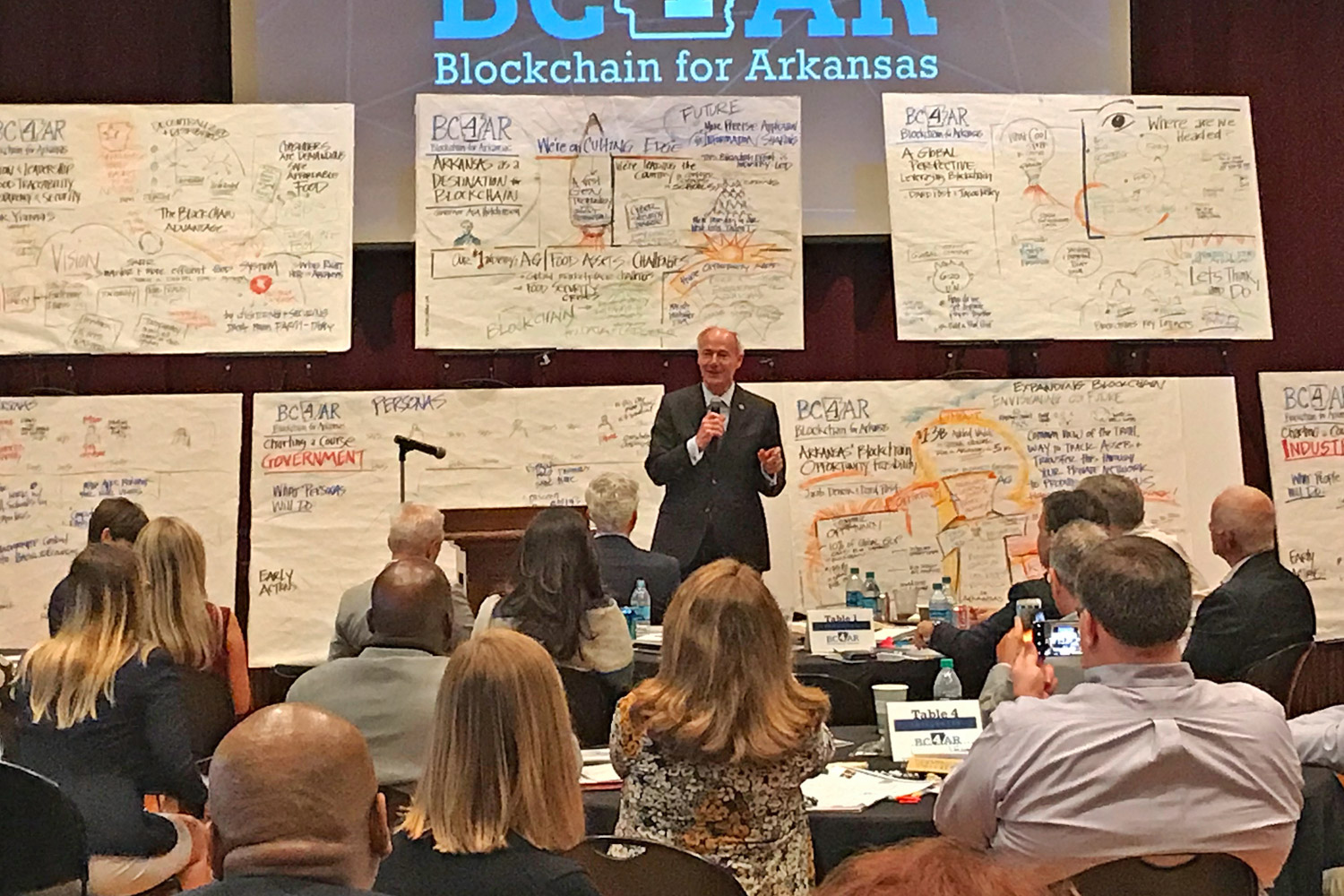
The Challenge:
The State of Arkansas, along with business and educational leaders within the state, were looking to explore the potential of Arkansas being a worldwide leader in blockchain technology for the food industry. With the support of the Governor, we ran a 1-day design thinking workshop with 70 participants exploring multiple problem statements across various groups.
The Work:
Some problem statements explored were: “How might we educate and enable the population of Arkansas to succeed in a food industry powered by blockchain?” and “How might the Arkansas government best facilitate the growth and incorporation of blockchain technology into the food industry to be an example to the rest of the country and the world?”
The Outcome:
We created and prioritized nine team outputs across four group segments. The outputs were the beginning of a shared vision of the end-state for which Arkansas leverages blockchain and digital technologies for economic development. We defined next steps and key stakeholders for the ongoing effort.
